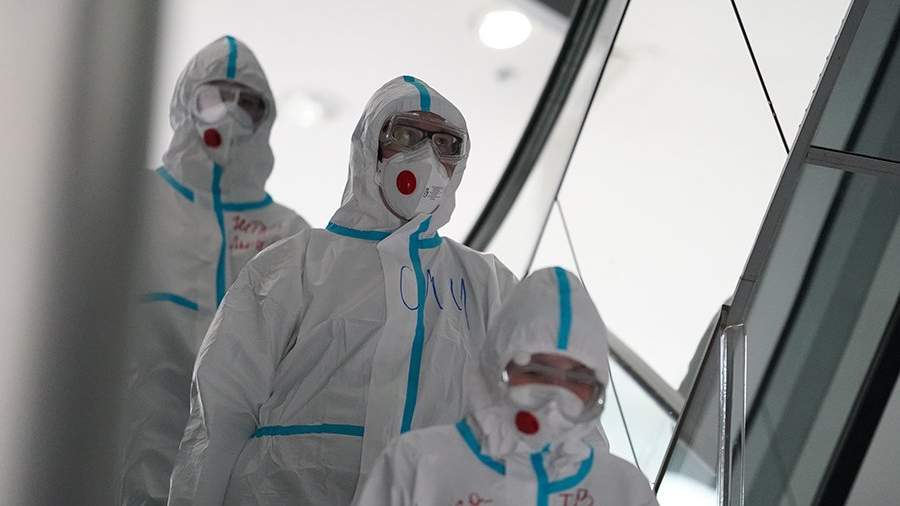"The establishment of the origin of the coronavirus should be based on a scientific approach and free from political interference. The theory about the leak from the laboratory is a lie fabricated for political purposes. It is completely devoid of logic," he said, commenting on a recent report by experts of the World Health Organization (WHO), in which they called for a more detailed study of this theory.
"China has already organized visits of WHO expert groups several times. Their report clearly says that the theory of a coronavirus leak as a result of an incident in the laboratory is extremely unlikely," Zhao Lijian added.
"If we want to investigate, why not consider Fort Detrick as well as the University of South Carolina. Both of these places in the US are extremely suspicious. And yet, more and more evidence suggests that the coronavirus has appeared in different parts of the world," the Chinese diplomat said.
On Thursday, the Scientific Advisory Group on New Pathogens (SAGO) formed by WHO published a report in which it called for a more detailed study of the version about the laboratory origin of the SARS-CoV-2 coronavirus. The SAGO consists of more than 20 experts. These are, in particular, specialists from Russia, Australia, Brazil, Germany, India, China, the USA, France and South Africa.
In a joint WHO-China report published in March 2021 following an international mission to Wuhan, it was noted that the most likely scenario for the appearance of COVID-19 is the transition of the disease from bats to another animal, which later infected people. However, experts have not come to a final conclusion about how exactly the virus got to the Wuhan seafood market "Huanan". There have also been suggestions about its laboratory origin.
The Chinese Foreign Ministry rejected the theory of a laboratory incident in Wuhan
NIA-CHINA
 Chinese Foreign Ministry spokesman Zhao Lijian on Friday at a regular briefing called the theory about the leakage of the SARS-CoV-2 coronavirus from a laboratory in Wuhan a "fabricated lie", and also called for an investigation in two biological laboratories in the United States.
Chinese Foreign Ministry spokesman Zhao Lijian on Friday at a regular briefing called the theory about the leakage of the SARS-CoV-2 coronavirus from a laboratory in Wuhan a "fabricated lie", and also called for an investigation in two biological laboratories in the United States.










